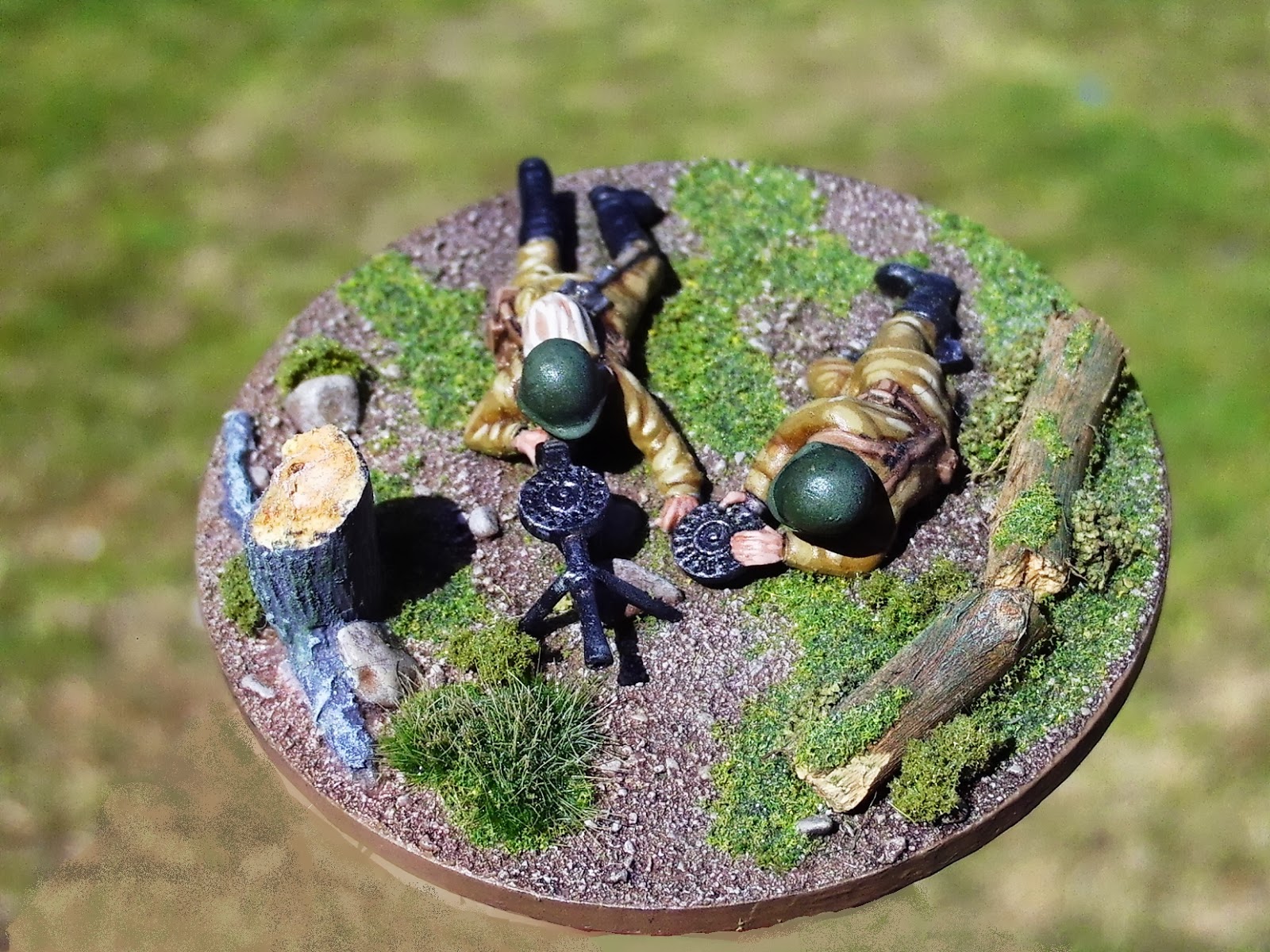To quote directly from their website
Batavi
"The BATAVI are a small, friendly group who re-enact military and civilian life in the 4th to 6th centuries A.D. Our military activities are based around a late Roman army unit, the Batavi Iuniores Britanniciani, which arrived in Britain in 360 A.D. and returned in 367 A.D. They then formed part of the mobile field army and remained here at least until the end of Roman rule in Britain. There is a strong probability that parts of the unit may have stayed to defend Britain against the Saxon invaders, as part of the Romano-British forces into the 5th century."
It seems only a short time since my brother and myself last visited the
Lunt-Roman Fort but in fact its been over two years ago. As the site changes very little over the years, with the earthwork ramparts slowly being allowed to collapse, the only reason to revisit the site is to attend the numerous re-enactment events held there. The
official website indicated that a late Roman group would be attending.
I personally think that after you've seen one Imperial 1st century re-enactment group such as the famous Ermine Street Guard you've generally not going to see anything new at another event. Therefore an opportunity to see and chat to a group that displays the uniform and equipment of a 4th century late Roman field army was an chance I didn't want to miss.
I find this particular time period fascinating, the style and innovations developed by the Roman(o-British) army during this time holds far more relevance for me than any 1st century soldiers. And don't forget it was soldiers of this type that won around 50% of their battles against enemies that were their equal (or even superior such as the Sassanids) unlike their early Imperial Roman army counterparts who were routinely thrashed whenever facing similar opposition.
Soldiers dressed such as these would have been a far more common (and welcome) sight throughout the later Roman period of occupation of Britain than the far more familiar steel clad 1st century legionaries. In particular the helmet and shield styles would remain influential for several hundred years even well into the medieval period.
It's taken a while to post these pictures as I've attempted (very crudely) to remove any kids picking their nose/eating ice-creams, guards in hi-vest jackets etc. from the images. I'll be posting two more sets of pictures over the next few days.
More images and details about the group can be found their own website
Late Roman Batavi


















































